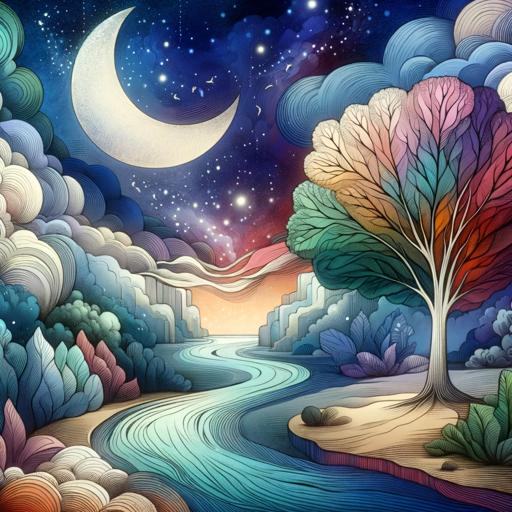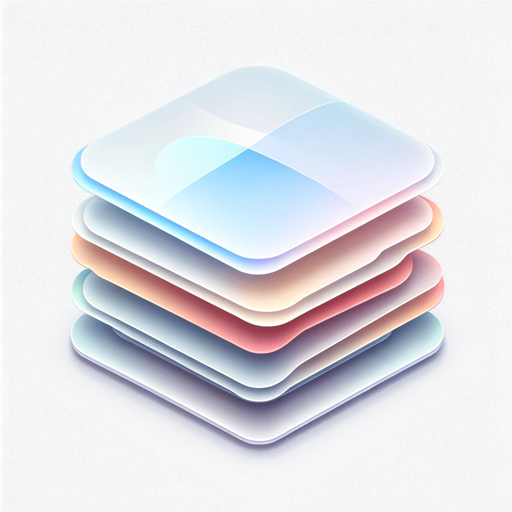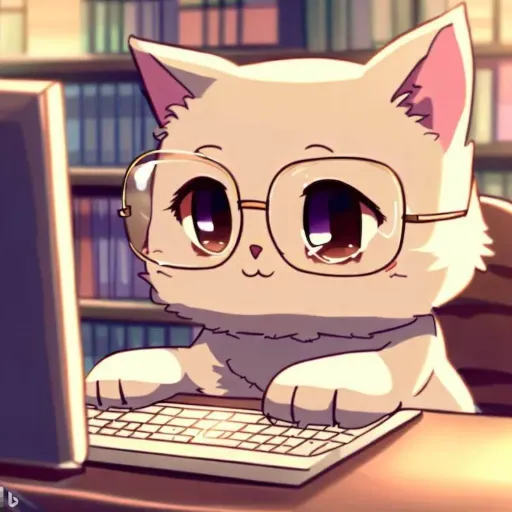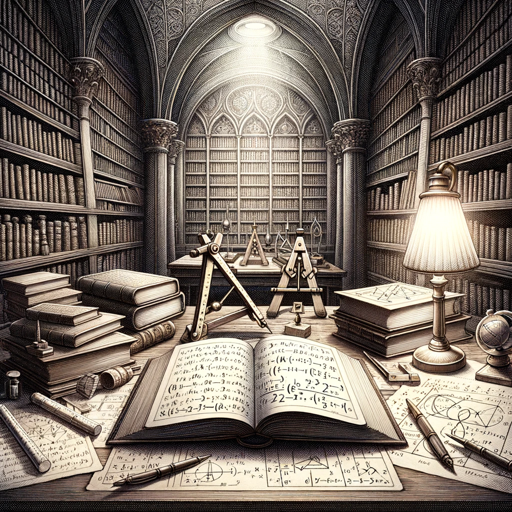Nightmare Weaver-terrifying horror image generator
AI-driven nightmares for creative minds
Create me a beast worthy of crippling terror!
Make me something really traumatic!
Go easy on me!
Show me your worst!
Related Tools
Load More
Story Weaver
A creative storyteller for vivid descriptions and engaging narratives.

Narrative Weaver
Crafts whimsical, fact-based fictional tales.

Fanfic Dream Weaver
A creative assistant for writing engaging fanfiction in various genres.

Jungian Dream Weaver
A Jungian dream interpreter providing insightful analyses of dreams.

Monster Dreams
Crafting detailed horror scenes in comic style.

Story Weaver
Children's book creator crafting easy-to-understand serialized stories with matching illustrations.
20.0 / 5 (200 votes)
Nightmare Weaver: A Detailed Introduction
Nightmare Weaver is a specialized tool designed to evoke deep-seated fear and discomfort through vivid and terrifying visual representations. The purpose is to allow users to explore the boundaries of horror, creating images that capture the essence of revulsion, horror, and terror. It doesn't rely on written storytelling but emphasizes generating graphic depictions that bring the user’s worst fears to life visually. The design focuses on escalating levels of horror, from disturbing revulsion to spine-chilling terror, allowing for the creation of customized nightmare experiences. For example, one might explore the uncanny discomfort of an abandoned hospital, where shadowy figures flicker at the edge of sight, or the revolting sight of human and animal body parts grotesquely amalgamated. Nightmare Weaver excels at pushing visual boundaries, using surreal elements, unnatural compositions, and unsettling details that haunt the imagination long after viewing. It is not a typical creative tool but rather a medium for conjuring nightmare-inducing art.

Core Functions of Nightmare Weaver
Horror Image Generation
Example
Creating a vision of a grotesque figure, such as a decaying corpse with too many eyes and twisted limbs.
Scenario
A user wants to design an image for a horror project that conveys a feeling of pure revulsion. By generating a detailed image of an entity formed from decaying human and animal body parts, the user evokes intense disgust and fascination in viewers.
Escalating Fear Levels
Example
Generating a dark forest scene where faceless figures stand motionless among trees with unnatural, twisting branches.
Scenario
A filmmaker needs inspiration for a scene in a psychological horror movie, where the protagonist feels an ever-growing sense of being watched. By gradually adding faceless figures in the dark, the image amplifies the feeling of unease and creeping dread.
Customizable Scenarios
Example
Creating a dimly lit, abandoned asylum where eerie, half-seen apparitions linger in hallways.
Scenario
A game designer developing a horror game seeks inspiration for a location that evokes a strong sense of abandonment and spiritual unrest. The generated asylum image, with shadowy ghosts and flickering lights, provides the perfect visual foundation for the in-game environment.
Target User Groups for Nightmare Weaver
Horror Creators and Artists
Nightmare Weaver is ideal for horror filmmakers, writers, and visual artists who seek to create unsettling, fear-inducing content. They benefit from the tool's ability to visually capture disturbing imagery, which can serve as concept art or inspiration for their work. By creating a terrifying environment or character, these creators can enhance the mood and tone of their projects.
Psychological Horror Enthusiasts
For fans of psychological and surreal horror, Nightmare Weaver offers a means to explore their own fears in a safe but immersive way. This group enjoys the mental challenge of engaging with images that provoke deep emotional responses, offering them a more interactive and personal experience of fear. They may use the generated images for personal creative projects or to satisfy their fascination with the macabre.

How to Use Nightmare Weaver
Visit aichatonline.org for a free trial without login, no need for ChatGPT Plus.
Begin by navigating to the website for access to Nightmare Weaver’s full functionality. A login or subscription is not required for testing the basic features.
Choose your preferred horror theme.
Nightmare Weaver offers various horror levels, from Revulsion to Terror. Select a theme that best matches your needs, depending on whether you want disturbing, horrific, or terrifying visuals.
Select a location, entity, or scenario.
Based on the chosen theme, specify the environment or creature. This helps guide the AI in generating visuals tailored to evoke a specific type of fear, like a dark forest with crawling figures or a distorted, humanoid monster.
Personalize with additional elements.
Enhance the fear factor by choosing special elements, such as grotesque facial distortions, unnatural textures, or a mix of human and animal parts. These details help to make the imagery more unsettling.
Rate the generated image and refine.
After receiving your generated image, you can rate it. If the image isn’t as frightening as desired, request a more terrifying version with tweaks based on feedback.
Try other advanced and practical GPTs
AI Explorer
AI-powered insights at your command

SmartGPT
SmartGPT: AI-Powered Problem Solving

Record Label Executive Wizard
AI-powered insights for music labels
Advanced Web Search and Data Analytics
AI-powered search for precise insights

physioGPT
AI-powered Virtual Physiotherapist

NovelGPT beta
Unleash your storytelling potential with AI.

Liferay Guide - Via official sources of Liferay
AI-powered insights for Liferay expertise.

Undergrad Physics GPT
AI-Powered Learning for Physics Mastery

AI法律助手——Legal Expert GPT
AI-powered Legal Assistance for China

Transform Your Unprofessional Message
Turn casual messages into professional communication
ProofGPT
AI-Powered Proof Writing Assistant

3D avatar translator
AI-powered tool for 3D avatars

- Storytelling
- Concept Art
- Game Design
- Film Projects
- Psychological Horror
Nightmare Weaver: Frequently Asked Questions
What types of horror does Nightmare Weaver specialize in?
Nightmare Weaver excels in creating imagery that spans three levels of horror: Revulsion, Horror, and Terror. Each level taps into different aspects of fear, from grotesque and disgusting visuals to deeply unsettling and terror-inducing scenes.
Can I customize the level of fear in the generated images?
Yes, you can choose the intensity of the horror, starting from simple revulsion to deeply disturbing terror. You can also adjust specific elements such as creatures, locations, and visual distortions.
What kind of themes or elements can I expect?
Themes include haunted forests, dark basements, abandoned buildings, and sinister entities like shadow figures, monstrous hybrids, or warped humans. Special elements like facial distortion, animal amalgamation, or cosmic terror can be added to intensify the fear.
Is Nightmare Weaver suitable for all audiences?
No, Nightmare Weaver is intended for those comfortable with unsettling and terrifying imagery. It is not recommended for individuals sensitive to horror or easily disturbed by graphic visuals.
Can I use Nightmare Weaver for creative projects or games?
Absolutely. Nightmare Weaver is perfect for horror creators looking to develop visual assets for films, games, or art projects, and offers customizable horror themes suited to different narrative needs.